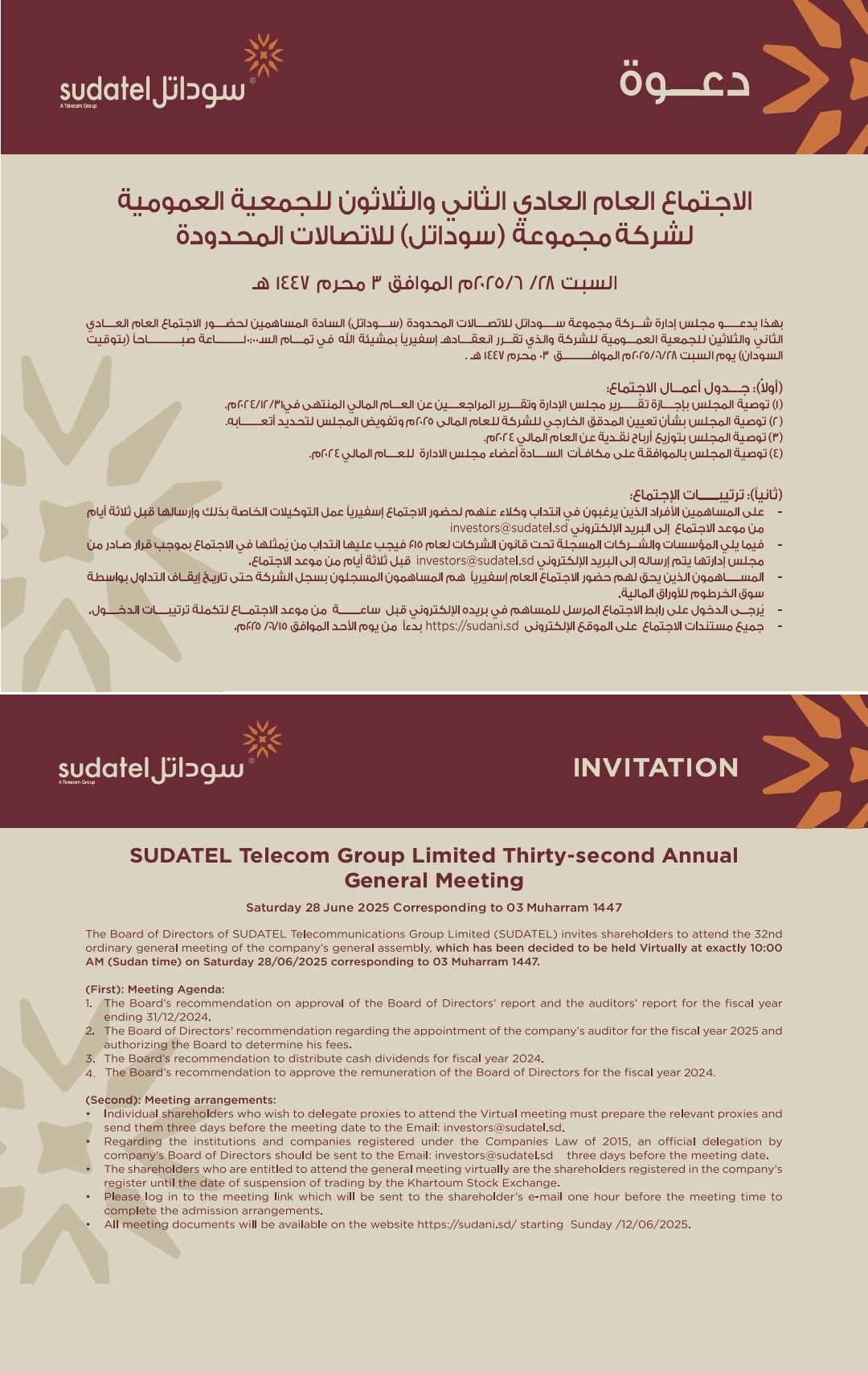د. محمد يوسف قباني يكتب:الفرضيات المؤسسية تحت مظلة الحوكمة: تحقيق الشفافية والجودة (10).. Institutional Assumptions under the Umbrella of Governance: Achieving Transparency and Quality (10).. Dr. Mohamed Elgabbani

د. محمد يوسف قباني يكتب:الفرضيات المؤسسية تحت مظلة الحوكمة: تحقيق الشفافية والجودة (10)..
Institutional Assumptions under the Umbrella of Governance: Achieving Transparency and Quality (10)..
Dr. Mohamed Elgabbani
تعد الفرضيات المؤسسية واحدة من الأسس التي يعتمد عليها كل نموذج حوكمة فعال في المؤسسات، لأنها (نعني الحوكمة) مجموعة من المبادئ والإجراءات التي تهدف إلى تنظيم وتوجيه الأنشطة داخل المؤسسات، تتضمن ضرورة تعزيز الشفافية والجودة لضمان النجاح
والاستدامة. من خلال تعزيز الشفافية، تسعى الحوكمة إلى ضمان وضوح القرارات الإدارية وفتح قنوات التواصل بين المستفيدين والمساهمين، مما يؤدي إلى زيادة الثقة والالتزام. أما الجودة، فهي محور أساسي يسعى إلى تحسين العمليات والنتائج لضمان تقديم أفضل خدمات أو منتجات ممكنة.
الفرضيات المؤسسية في الحوكمة
تستند الفرضيات المؤسسية تحت مظلة الحوكمة إلى مجموعة من المبادئ الأساسية التي تتعلق بكيفية تعامل المؤسسات مع القضايا الرئيسية مثل الشفافية والمساءلة والكفاءة. الفرضيات المؤسسية ليست مجرد مجموعة من الأفكار النظرية بل هي ترتيبات عملية تهدف إلى خلق بيئة يتم فيها اتخاذ قرارات مدروسة وتعزيز الإجراءات التي تضمن تحقيق الأهداف التنظيمية.
الشفافية
من أبرز الفرضيات المؤسسية التي تدعم الحوكمة هي فرضية الشفافية. تشير الشفافية إلى توافر المعلومات للجميع بوضوح ودقة، وهو ما يسمح لجميع الأطراف المعنية، بما في ذلك الموظفين، المساهمين، والمجتمع، بمعرفة كيف تتم عمليات اتخاذ القرار. الشفافية تمنع الفساد وتقوي الثقة بين المؤسسات وجميع الأطراف المعنية.
دواعي الشفافية:
تحقيق المساءلة: عندما تتوفر المعلومات بوضوح، يصبح من الممكن محاسبة المسؤولين عن اتخاذ القرارات وتنفيذها.
تحفيز الأداء: المؤسسات التي تعتمد على الشفافية تكون أكثر قدرة على تحسين أدائها، حيث أن المعلومات الواضحة تدعم التحليل والمراجعة المستمرة.
تقليل الفساد: الشفافية تعني أن الأنشطة تتم تحت المراقبة الدائمة من قبل جميع المعنيين، مما يقلل من الفرص التي قد تؤدي إلى الفساد أو سوء الاستخدام.
أمثلة حقيقية:
مؤسسة غلوبال فينانس: التي تطبق مبادئ الشفافية من خلال نشر تقارير مفصلة حول قراراتها المالية واستراتيجياتها الاستثمارية بشكل منتظم.
الجودة
الجودة هي فرضية أساسية أخرى تدور حول تحسين عمليات المؤسسة والمنتجات أو الخدمات التي تقدمها. ضمن سياق الحوكمة، تهدف الفرضية المؤسسية للجودة إلى ضمان تحسين العمليات وتحقيق نتائج فعالة. الجودة لا تقتصر على المنتج النهائي فحسب، بل تشمل جميع جوانب المؤسسة، من عمليات الإنتاج إلى التفاعل مع العملاء والموظفين.
دواعي الجودة:
تحقيق الكفاءة: المؤسسات التي تتبنى معايير الجودة العالية يمكنها تقليل التكاليف من خلال تحسين الكفاءة وتحسين العمليات.
التميّز التنافسي: الجودة تدعم التفوق في الأسواق من خلال تقديم منتجات أو خدمات تفوق توقعات العملاء.
تحقيق الاستدامة: الجودة ترتبط أيضًا بالاستدامة المؤسسية، حيث أن المؤسسة التي تقدم منتجات عالية الجودة تكون أكثر قدرة على الحفاظ على مكانتها في السوق على المدى الطويل.
أمثلة حقيقية:
شركة تويوتا: من خلال تطبيقها لمعايير الجودة العالية مثل “نظام تويوتا للإنتاج”، نجحت في تحقيق مستويات من الكفاءة والجودة عالية أدت إلى تحسين نتائجها المالية وزيادة حصتها السوقية.
العلاقات المنطقية بين الشفافية والجودة
الشفافية والجودة ليستا فقط فرضيات منفصلة، بل هناك علاقة وثيقة بينهما حيث يمكن للشفافية أن تعزز من تحقيق الجودة في المؤسسة. على سبيل المثال، عندما تكون العمليات واضحة للجميع، فإن ذلك يسمح بتحديد
المشكلات بسرعة، مما يؤدي إلى تحسين الجودة بشكل أسرع. كما أن تحسين الجودة يساهم في تعزيز الشفافية، حيث أن التقييم المستمر والتقارير حول جودة الأداء تجعل من الممكن ضمان أن العمليات تتم وفقاً للمعايير المحددة.
التحديات والفرص
على الرغم من أن الفرضيات المؤسسية مثل الشفافية والجودة تسهم في تحسين الحوكمة، إلا أن هناك العديد من التحديات التي قد تواجه المؤسسات في تطبيقها.
التحديات:
مقاومة التغيير: قد تواجه بعض المؤسسات مقاومة من الموظفين أو المدراء في تبني ممارسات الشفافية والجودة.
التكاليف المرتبطة بالتنفيذ: تتطلب عملية تحقيق الشفافية والجودة استثمارات مالية وموارد بشرية، قد تكون بعيدة المدى بالنسبة للبعض.
الفرص:
تحسين العلاقة مع العملاء: الشفافية تتيح للمؤسسات التواصل الأفضل مع عملائها، مما يعزز من ولاء العملاء وثقتهم في المنتجات أو الخدمات.
الابتكار والتحسين المستمر: تطبيق مفاهيم الجودة يساعد على اكتشاف الفرص الجديدة للابتكار وتحسين المنتجات والخدمات.
أنشطة للتطبيق
لتفعيل فرضيات الشفافية والجودة تحت مظلة الحوكمة، يمكن تنفيذ الأنشطة التالية في المؤسسات:
تقديم تقارير دورية وواضحة: يمكن أن تقدم المؤسسات تقارير سنوية أو نصف سنوية تتناول جميع جوانب الأداء المؤسسي بشكل شفاف.
ورش العمل التدريبية: تنظيم ورش عمل تدريبية لتعزيز ثقافة الجودة والشفافية بين الموظفين، وتعريفهم بأسس الحوكمة الجيدة.
مراجعات دورية للعمليات: إجراء مراجعات دورية وتحليل النتائج لضمان التزام المؤسسة بالمعايير المحددة وتحقيق الأهداف المرجوة.
الفهم العميق للفرضيات المؤسسية، مثل الشفافية والجودة، يعزز بشكل كبير من قدرة المؤسسات على إدارة مواردها بشكل فعال وتحقيق النجاح المستدام. الحوكمة الجيدة تعتمد بشكل أساسي على تطبيق هذه الفرضيات بشكل متناغم، حيث لا تقتصر على زيادة الشفافية فحسب، بل تشمل أيضًا تحسين الجودة من خلال التحليل المستمر والتحسين الدائم
.
Institutional assumptions are one of the foundations on which every effective governance model in institutions depends, as they are a set of principles and
procedures that aim to organize and direct activities within institutions, including the need to enhance transparency and quality to ensure success and sustainability. By enhancing transparency, governance seeks to ensure the clarity of administrative decisions and open channels of
communication between beneficiaries and shareholders, which leads to increased trust and commitment. As for quality, it is a fundamental axis that seeks to improve processes and results to ensure the provision of the best possible services or products.
Institutional assumptions in governance
Institutional assumptions under the umbrella of governance are based on a set of basic principles related to how institutions deal with key issues such as transparency, accountability, and efficiency.
Institutional assumptions are not just a set of theoretical ideas, but rather practical arrangements that aim to create an environment in which informed decisions are made and enhance procedures that ensure the achievement of organizational goals.
Transparency
One of the most prominent institutional assumptions that support governance is the assumption of transparency. Transparency refers to the availability of information to all clearly and accurately, which allows all stakeholders, including employees,
shareholders, and society, to know how decision-making processes are carried out. Transparency prevents corruption and strengthens trust between institutions and all stakeholders.
Transparency reasons:
Achieving accountability: When information is clearly available, it becomes possible to hold accountable those responsible for making and implementing decisions.
Incentivizing performance: Organizations that rely on transparency are better able to improve their performance, as clear information supports continuous analysis and review.
Reducing corruption: Transparency means that activities are under constant monitoring by all stakeholders, which reduces the opportunities that may lead to corruption or misuse.
Real examples:
Global Finance: which applies the principles of transparency by publishing detailed reports on its financial decisions and investment strategies on a regular basis.
Quality
Quality is another basic premise that revolves around improving the organization’s processes and the products or services it provides. Within the context of governance, the institutional premise of quality aims to ensure that processes are
improved and that effective results are achieved. Quality is not limited to the final product, but rather includes all aspects of the organization, from production processes to interactions with customers and employees.
Quality reasons:
Achieving efficiency: Organizations that adopt high quality standards can reduce costs by improving efficiency and optimizing operations.
Competitive differentiation: Quality supports superiority in the market by providing products or services that exceed customer expectations.
Achieving Sustainability: Quality is also linked to corporate sustainability, as an organization that provides high-quality products is better able to maintain its position in the market in the long term.
Real examples:
Toyota: By applying high quality standards such as the “Toyota Production System”, it succeeded in achieving high levels of efficiency and quality that led to improving its financial results and increasing its market share.
The logical relationships between transparency and quality
Transparency and quality are not only separate hypotheses, but there is a close relationship between them as transparency can enhance the achievement of quality in the organization. For example, when
processes are clear to everyone, this allows for the rapid identification of problems, which leads to faster quality improvement. Improving quality also contributes to enhancing transparency, as continuous evaluation and reporting on the quality of performance makes it possible to ensure that processes are carried out according to the specified standards.
Challenges and opportunities
Although corporate hypotheses such as transparency and quality contribute to improving governance, there are many challenges that organizations may face in implementing them.
Challenges:
Resistance to change: Some organizations may face resistance from employees or managers in adopting transparency and quality practices.
Costs associated with implementation: The process of achieving transparency and quality requires financial and human resource investments, which may be far-reaching for some.
Opportunities:
Improving customer relations: Transparency allows organizations to better communicate with their customers, which enhances customer loyalty and trust in products or services.
Innovation and continuous improvement: Applying quality concepts helps discover new opportunities for innovation and improvement of products and services.
Implementation activities
To activate transparency and quality assumptions under the umbrella of governance, the following activities can be implemented in organizations:
Providing periodic and clear reports: Organizations can submit annual or semi-annual reports that cover all aspects of organizational performance in a transparent manner.
Training workshops: Organizing training workshops to promote a culture of quality and transparency among employees, and familiarizing them with the foundations of good governance.
Periodic reviews of operations: Conducting periodic reviews and analyzing the results to ensure that the organization adheres to the specified standards and achieves the desired goals.
A deep understanding of organizational assumptions, such as transparency and quality, greatly enhances the ability of organizations to manage their resources effectively and achieve sustainable
success. Good governance is fundamentally based on the harmonious application of these assumptions, not only increasing transparency but also improving quality through continuous analysis and permanent improvement.









